Ho Chi Minh City is a place where busy streets hum with motorbikes and the scent of fresh herbs fills the air. Walking through its crowded markets or along the Saigon River, you can feel a city alive with energy and stories stretching back centuries. This is a city where old French colonial buildings sit side by side with shiny skyscrapers, and where thoughtful travelers can find quieter moments if they look close enough. In this guide, I want to share what I learned while living here-the rhythms, flavors, and secrets that make this place feel both chaotic and comforting.
Table of Contents
For travelers interested in urban stories and flavors, the walk through Bogota’s streets offers a vibrant look at city life in a high-altitude capital.
Landmarks and Quiet Corners in Busy Saigon
The first thing most visitors see is the Notre-Dame Cathedral Basilica of Saigon, a red brick marvel built by French colonists over a hundred years ago. Nearby, the Central Post Office still serves people amid old-fashioned clocks and arched windows. These spots offer a slow, peaceful rest from the city’s pulse.
For those interested in vibrant city life and rich street culture, walking through Cairo’s ancient streets reveals another world full of history and lively corners.
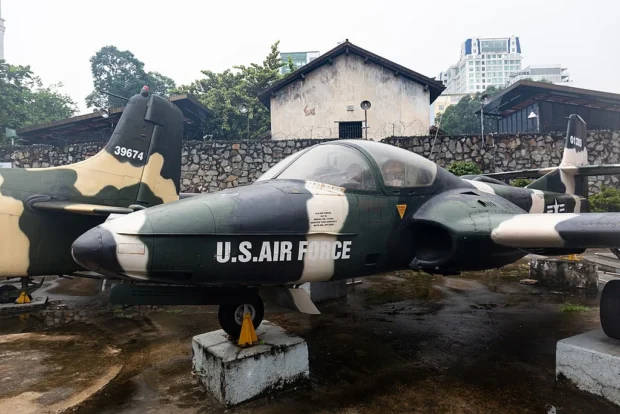
Yet, if you want to feel the heartbeat of Ho Chi Minh City, venture into Ben Thanh Market. It’s crowded, noisy, and full of colors. Vendors shout over each other, selling everything from silk scarves to tropical fruits. Walking here, your senses will be filled with sweet mango aromas, sizzling street food smells, and the rattling rhythm of Vietnamese money changers.
For a quieter pause, head to Tao Dan Park, shaded by ancient trees and frequented by older locals practicing tai chi in the mornings. Nearby streets lead to hidden coffee shops where the art of making the perfect drip coffee is a slow, treasured ritual.
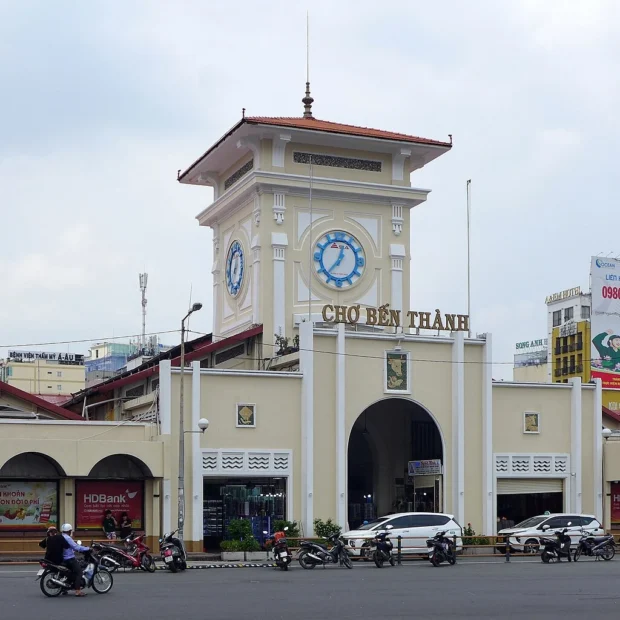
Tasting Districts and Specialties to Savor
Food in Ho Chi Minh City is as diverse as its streets. In District 1, near the backpacker area, you’ll find pho stalls serving bowls of steaming beef noodle soup early into the night. But don’t miss District 3’s hidden eateries. Here, Banh Xeo-Vietnamese savory pancakes crisped with pork and shrimp-are made fresh on street corners, best enjoyed wrapped in fresh lettuce leaves with herbs.
Cholon, the city’s Chinatown in District 5, offers an entire palette of tastes-from dim sum at dawn to herbal teas in the afternoon. If you follow the scent of lemongrass and grilled pork, you’ll land at small stalls where locals gather for Bún Thịt Nướng, a bowl of vermicelli topped with grilled meat, peanuts, and crunchy spring rolls.
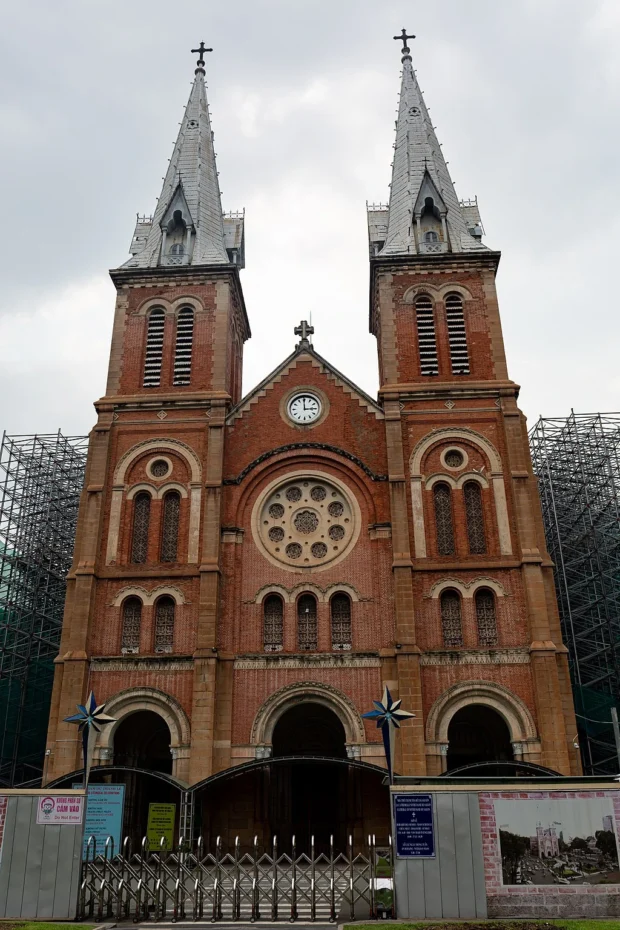
When the aroma of coffee wafts through the alleys, join the locals and try cà phê sữa đá-strong coffee sweetened with condensed milk and poured over ice. It’s a daily ritual you soon crave.
Getting Around: From Airport to Alleyways
Tan Son Nhat International Airport sits about 7 kilometers from the city center. To reach downtown, most people hop on local buses or arrange rides with app-based car services. While motorbikes rule the roads, walking is often the best way to notice small details: patterns on tile pavements, a street artist drawing with chalk, or kids playing under flickering neon signs.
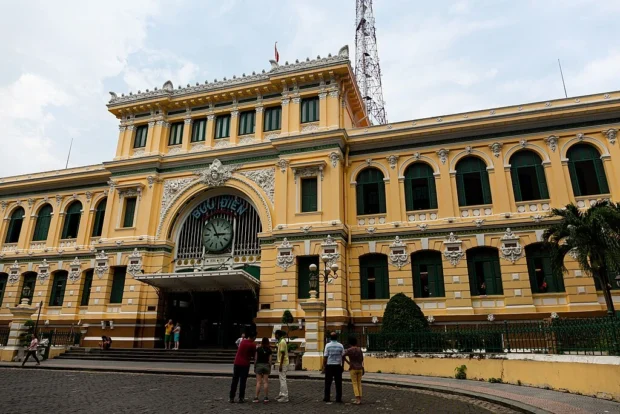
Motorbike taxis, called “xe om,” are common but not for everyone-riders weave through traffic with high speed that might surprise cautious visitors. Still, these rides offer a thrilling glimpse of daily life and the city’s pulse. Helmets are a must, and holding on tightly is wise.
Customs and Courtesies to Remember
When visiting, keep in mind a few simple things. Remove your shoes when entering someone’s home or certain temples. A gentle nod or smile goes a long way; loud voices or public displays of anger are frowned upon here. When handing or receiving something, use both hands as a sign of respect-small gestures matter.
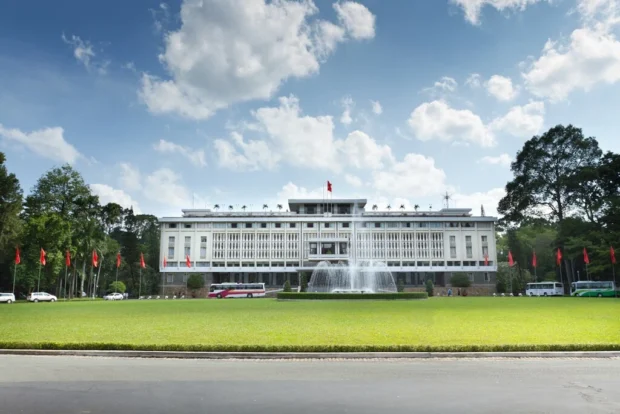
Also, tips are appreciated but not always expected, so try to be generous when service feels personal. Lastly, avoid touching someone’s head, including children’s-it’s considered the most sacred part of the body.
Side Stories and Surprising History Points
Walking past the War Remnants Museum, you feel the weight of stories that shaped this city and country. But beyond the sorrow is resilience. The Saigon River once powered rice boats flowing between villages, now lined by riverside cafés where you can sip iced tea and watch water hyacinths drift.
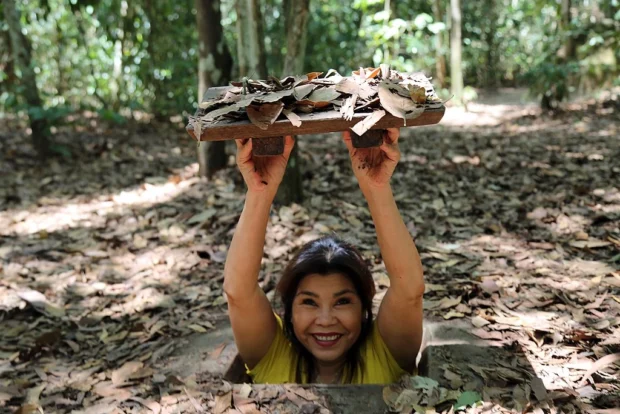
In a narrow alley near the Independence Palace, I chatted with an aging craftsman who still repairs traditional conical hats. These hats, so simple in shape, carry layers of cultural meaning-protection, identity, and history packed into a leaf and string.
Did you know the city’s former name was Saigon, but locals sometimes still say it? It’s a gentle reminder of how history and modern life live side by side here.
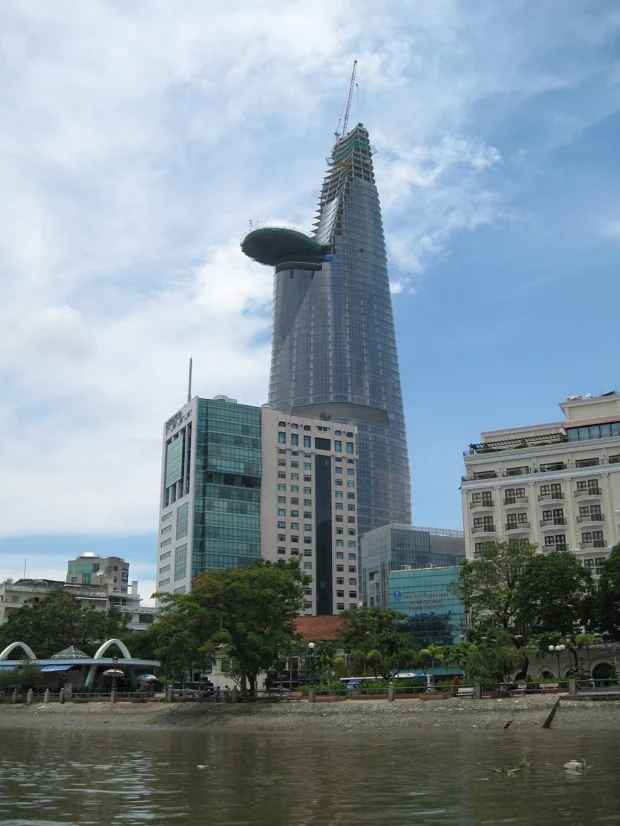
Where to Rest: Neighborhoods That Feel Like Home
Choosing where to stay depends on what you want. District 1 is lively with cafés and shops, good for first-timers who want to be in the center. But for a slower pace, District 3 offers leafy streets and quieter nights. Walking here, you might pass colonial villas turned family homes or small galleries displaying contemporary art.
If your heart leans toward community and character, consider District 5 or smaller guesthouses run by local families. These places offer more than a bed; they provide a window into everyday life, a chance to listen to stories over a cup of tea.
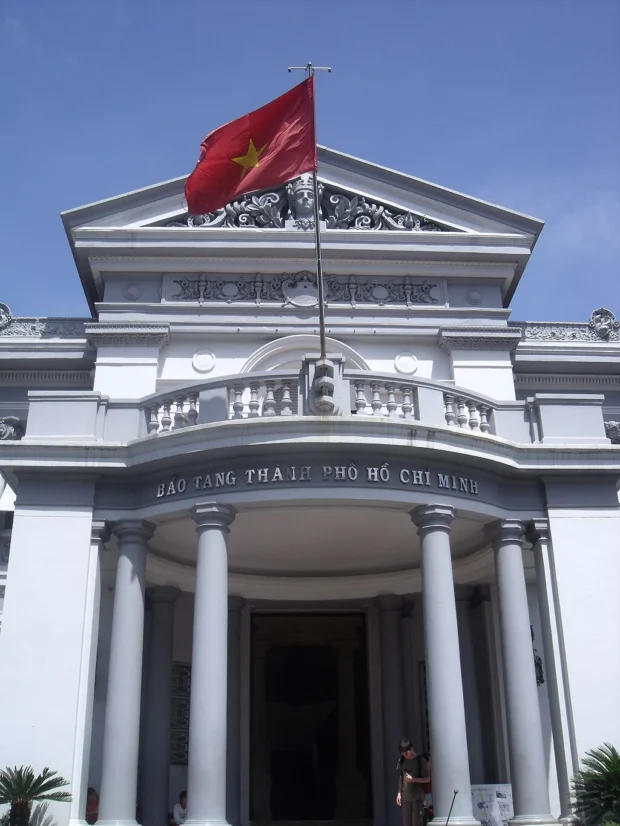
Quiet Moments in a City Full of Noise
Despite the rush and roar outside, Ho Chi Minh City holds pockets of peace. Around dawn, the city seems softer-the air cooler, the streets less crowded. I often found myself walking along the river, watching fishermen casting nets or street cleaners sweeping leaf piles.
Every city has its noise and haste, but here, you learn to listen and breathe between moments. In the alleyways, a child’s laughter, a vendor’s call, and the distant hum of a motorbike blend into the city’s unique song.
After experiencing Ho Chi Minh City, travelers often enjoy discovering Hanoi, where calm lakes and ancient temples offer a different side of Vietnam’s vibrant culture. Hanoi Vietnam presents peaceful spots and lively streets worth visiting.
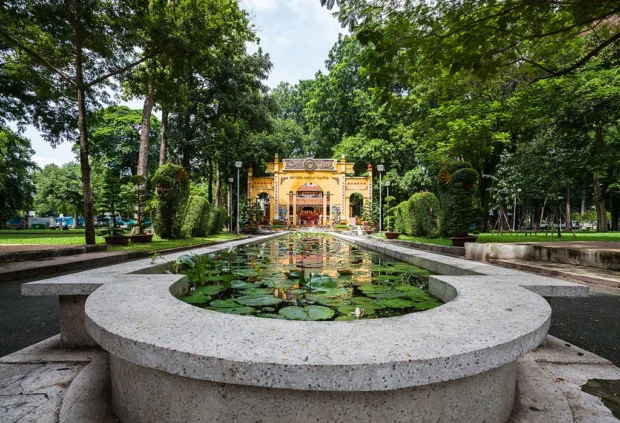
Visiting Ho Chi Minh City means embracing this rhythm-not rushing, but feeling it. This is a place where every step invites you to pause, observe, and connect.
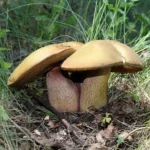
Minimalist traveler documenting slow journeys focused on mindfulness and sustainability.
- Ayuntamiento, Ciudad Ho Chi Minh, Vietnam, 2013-08-14, DD 05 by Diego Delso on Wikimedia Commons – cc by-sa 3.0
- 20190923 A-37 War Remnants Museum-9 by Balon Greyjoy on Wikimedia Commons – cc0
- Ben Thanh Market, 2023 (02) by Bahnfrend on Wikimedia Commons – cc by-sa 4.0
- 20190923 Notre-Dame Cathedral Basilica of Saigon-7 by Balon Greyjoy on Wikimedia Commons – cc0
- 20190923 Saigon Central Post Office-5 by Balon Greyjoy on Wikimedia Commons – cc0
- Reunification Palace Ho Chi Minh City by Mahen Bala on Wikimedia Commons – cc by-sa 3.0
- Co Chi Tunnels, Ho Chi Minh City, Vietnam (49580049197) by flowcomm on Wikimedia Commons – cc by 2.0
- Bitexco Financial Tower, Ho Chi Minh City, Vietnam by Felix Triller from Münster, Germany on Wikimedia Commons – cc by 2.0
- Museum of Ho Chi Minh City 06 by Thomas1313 on Wikimedia Commons – cc by-sa 3.0
- Parque Tao Dan, Ciudad Ho Chi Minh, Vietnam, 2013-08-15, DD 03 by Diego Delso on Wikimedia Commons – cc by-sa 3.0
